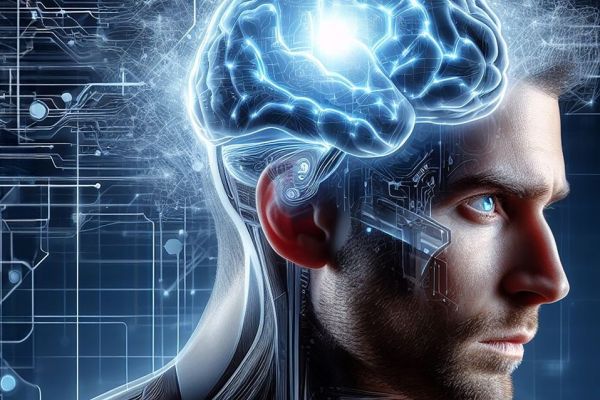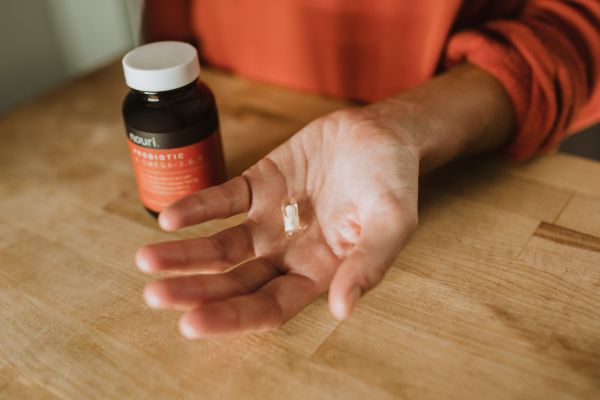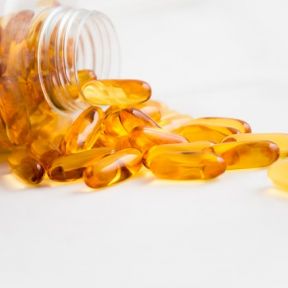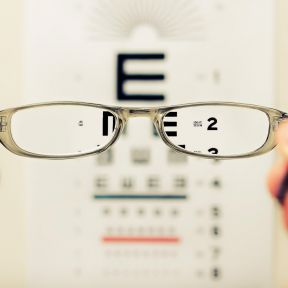
Nootropics
Nootropics (pronounced noo-traah-puhks) are compounds or supplements that enhance cognitive performance. This exotic term for so-called smart drugs derives from the Greek word “noos” (mind) and “tropein” (towards). The Greek roots are appropriate, given that enhancing executive function, including memory, decision-making, and creativity, are goals towards which generations and civilizations have always aspired.
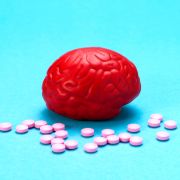
There are three broad categories of nootropics:
- Stimulant drugs such as Ritalin and Adderall, as well as the non-stimulant Modafinil are the most effective class of nootropics.These drugs boost awareness in all populations, although the effects differ in those with ADHD, for whom they are commonly prescribed.
- Synthetic compounds that act on the neurotransmitters glutamate and acetylcholine are the second broad category of nootropics. These include Noopept (not currently available in the US) and racetams such as piracetam. Racetams are known to boost memory in people with brain injuries or age-related cognitive decline, but have no demonstrable effect on healthy individuals.
- Natural compounds such as caffeine, herbal ginseng, and the amino acid creatine constitute the third type of nootropic; these are over-the-counter and as such are among the most popular agents of neuroenhancement. While studies demonstrate benefits in each of the three categories, prescription drugs consistently outperform natural alternatives in improving executive function.
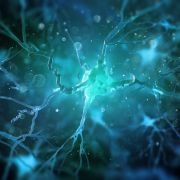
The most effective nootropics are amphetamines such as Ritalin and Adderall. These stimulants and others increase levels of dopamine in the brain, a neurotransmitter known to regulate attention, alertness, and energy. Stimulants are most effective in individuals with ADHD, and have a long history of use in professions such as piloting and surgery, where sustained attention and fast reaction times are critical.
It is less clear that stimulants enhance performance in other arenas, and self-reported gains may be subject to the placebo effect. Stimulants enhance mood, which in turn leads people to overestimate their performance while under the influence of a smart drug. Most doctors and psychologists argue that it is preferable to enhance overall cognition and executive function simply by obtaining adequate sleep and exercise, as well as through a healthy, nutrient-rich diet.
ADHD symptoms are thought to stem from an imbalance of neurotransmitters in the brain, particularly dopamine and norepinephrine. Stimulants boost levels of those neurotransmitters, so people with ADHD don’t need to seek as much outside stimulation. Proper levels of these neurotransmitters therefore reduce hyperactivity, inattention, and impulsivity, the core symptoms of ADHD.
For typical individuals, cognitive tests reveal that stimulants don’t enhance cognitive abilities. Instead, they boost energy, interest, enjoyment, and optimism about the task at hand to marshall the cognitive resources people do have.
Caffeine provides a welcome boost for mood, energy, and productivity. What gives it that power? In the brain, caffeine mimics the neurotransmitter adenosine, which accumulates to promote sleep and suppress arousal. Caffeine binds to those receptors, called A1 receptors, which blocks adenosine and prevents people from feeling tired.
Piracetam can enhance learning, memory, and attention for those with cognitive decline or brain injury, because the nootropic strengthens communication within the brain. As a synthetic version of the neurotransmitter GABA, it reduces the inhibitory GABA and increases oxygen levels in the blood supply delivered to the brain. It also makes cell membranes more flexible, a quality that can be reduced in the aging process.

The United States leads the developed world in the use of stimulants: in 2017, 30 percent of Americans surveyed stated that they had used a drug for cognitive enhancement at least once in the preceding twelve months. Among this group, 22 percent had used amphetamines such as Ritalin. Countries with high rates of ADHD diagnosis, such as the US, Australia, and Canada, have correspondingly high rates of off-label or non-prescription use of these stimulants. Indeed, only 4 percent of respondents acquired the smart drug via a medical prescription.
There are many risks associated with stimulant use, especially if the drug is used off-label and without medical consultation and supervision. Physical side effects include elevated heart-rate and risk of stroke and insomnia. Psychological side effects can include hallucinations and addiction.
The use of stimulants is often questioned for ethical as well as medical reasons. Just as steroids are considered unacceptable in sporting competitions, stimulant use among students, especially in standardized test settings, is widely deplored, though it is impossible to know just how advantageous stimulants are in study prep or test-taking.
On the whole, nootropics are safe. In a review of 165 placebo-controlled studies of 77 nootropics, no serious adverse effects occurred more frequently in the nootropic groups than the placebo groups. Minor adverse effects that occurred more frequently in the nootropic groups included headache and gastrointestinal symptoms (N-acetylcysteine), dizziness and dry mouth (Reishi), and anxiety (Theacrine).
Individuals can vary widely in their response to nootropics and the substances should be used mindfully. But two steps can almost always prevent someone from experiencing side effects: researching the substance thoroughly ahead of time, and starting with very small doses.
A combination of two or more nootropics is called a “stack." Combining several compounds into a stack can have synergistic effects, so many people see better results with several nootropics than with one. However, there’s a large degree of individual variance in how people respond to different substances. Certain drugs and supplements can interact to cause negative or potentially dangerous side effects, so if you’re uncertain about the safety of a nootropic stack, talk with a medical professional beforehand.
Yes, the most common side effects of stimulants are appetite loss and sleep problems. Finding the right medication is sometimes a process of trial and error; individuals may respond differently to different medications. Identifying how stimulants may potentially affect the developing brain long-term is a difficult question to study, but research is ongoing.
The right way to use caffeine is infrequent consumption, without building tolerance. When you notice that the effects of caffeine have less potency, stop using it until your tolerance is reset. How long does that process take? There’s a great deal of individual variation, but usually around two weeks.

